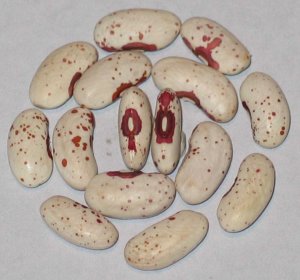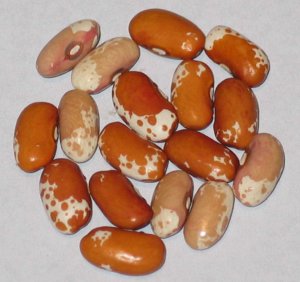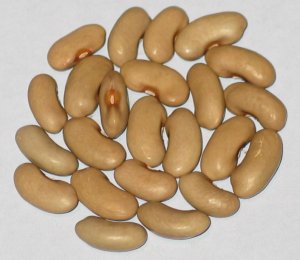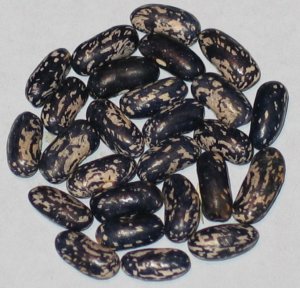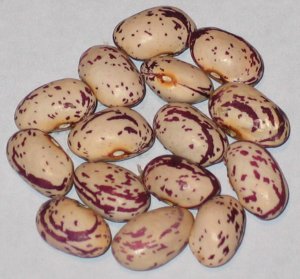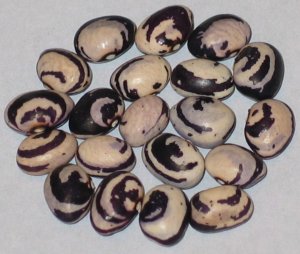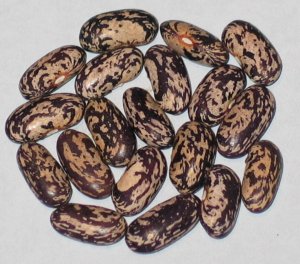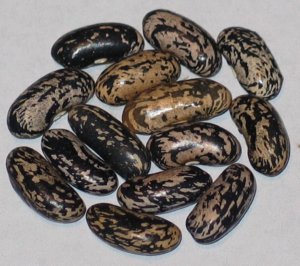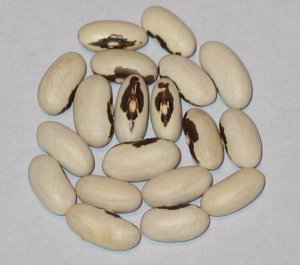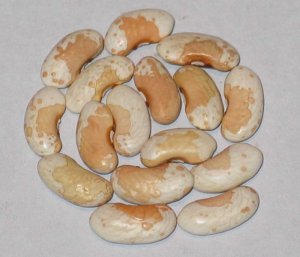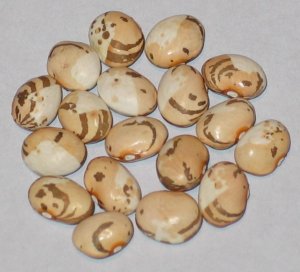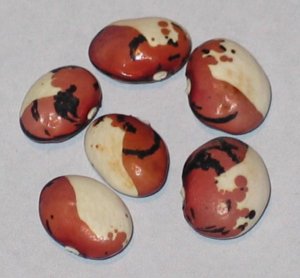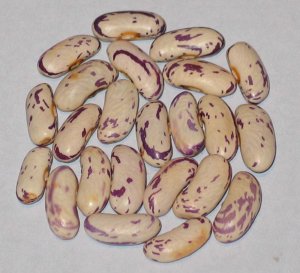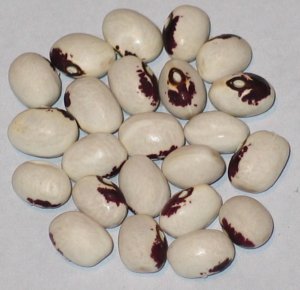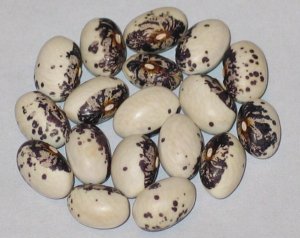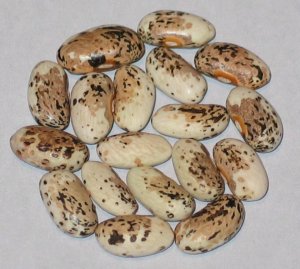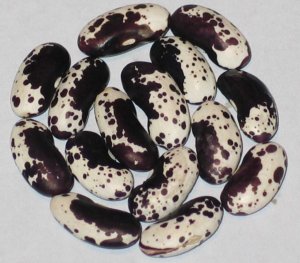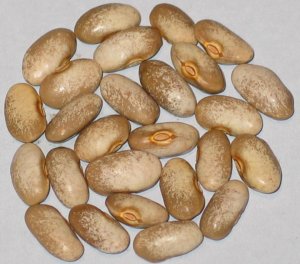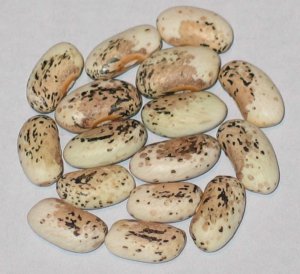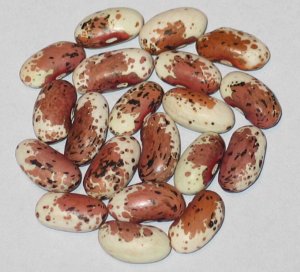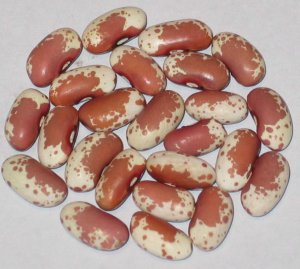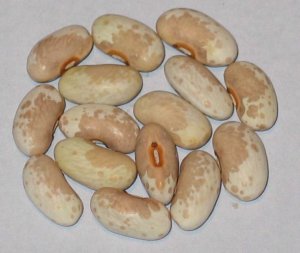- Thread starter
- #541
Blue-Jay
Garden Master
- Joined
- Jan 12, 2013
- Messages
- 3,545
- Reaction score
- 11,344
- Points
- 333
- Location
- Woodstock, Illinois Zone 5
I have been reading thru both the 2019 and the 2020 easy bean network pages. I have learned a lot. Right now I can only think of one question. Let's say I request and receive 6 different beans from the network. I grow out those beans and they all seem true to type. I send back my seeds and all seems well. The next year I grow those same 6 beans and 2 of them give me off type beans. How do I know if those off type beans are due to the original bean not being stable or if they crossed with one of the other beans that I was growing?
Ok I can tackle this question. If you grow out some beans and every single seed they produce look like the original you planted. Then you received seeds that were not outcrossed. If upon planting the next season the beans you grew the season before and you find some off types. Then they crossed in your grow out the season before.
When a cross occurs and it contains new genetic information. It's still going to look like the mother seed. It doesn't change that season. The change in the seedcoat comes in the next season.
Another thing you might watch for is planting climbing beans near true bush types that don't climb at all. The next season you might find some of your bush beans now want to grow runners and climb on something. The climbing habit is dominant over a true bush bean of which the true bush habit is recessive. I don't plant semi runners or pole beans around my true bush types. I want my true bush types to stay that way. If I get beans from someone who says a bean is a true bush type and only some of them start growing runners. I pull the ones growing runners among my bush beans out of the ground and discard them so as to not let them have any possiblity of pollinating more bush beans. They might not pollinate other bush beans but that is the chance you take if you leave them grow together.
I also have made a habit of growing by stringless beans around only other stringless beans so they don't start becoming stringy. If my true stringless happen to cross with other stringless types. It's likely they will continue being stringless beans. I just might have something new to try to stablize and name as a new variety.
Now how long does it take to stablize a crossed bean. That can differ with the cross. Sometimes a hybrid bean will never stablize but keep producing off types every season. Some will stablize in a few years. Sometime three or two or six years. You just never know until you can grow out your hybrid bean at least three times and keep getting back true to type results. I have on rare occassion had a new bean be stable right from the start. That doesn't happen often.
Hope all this helps. It's not really that complicated.

